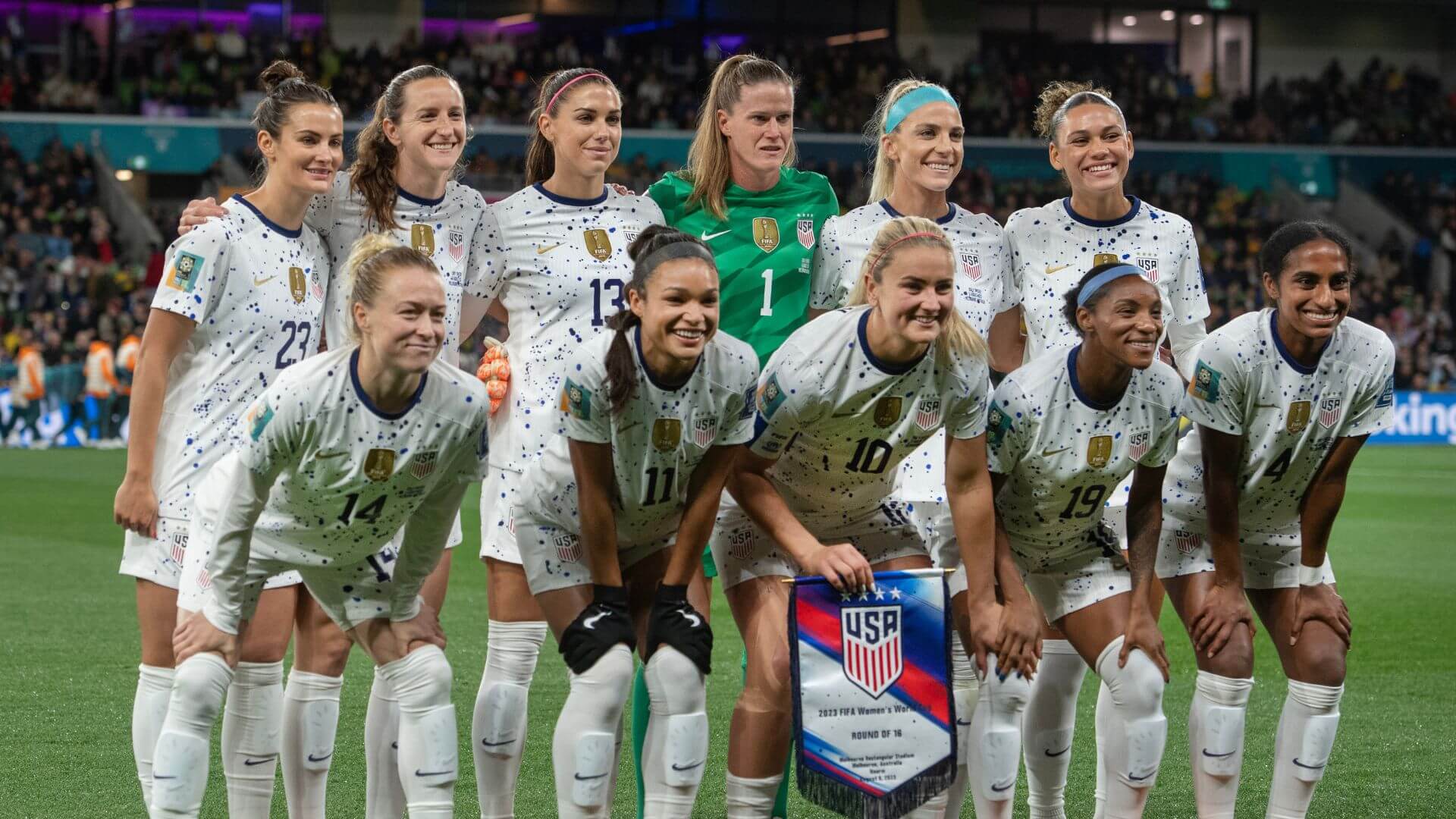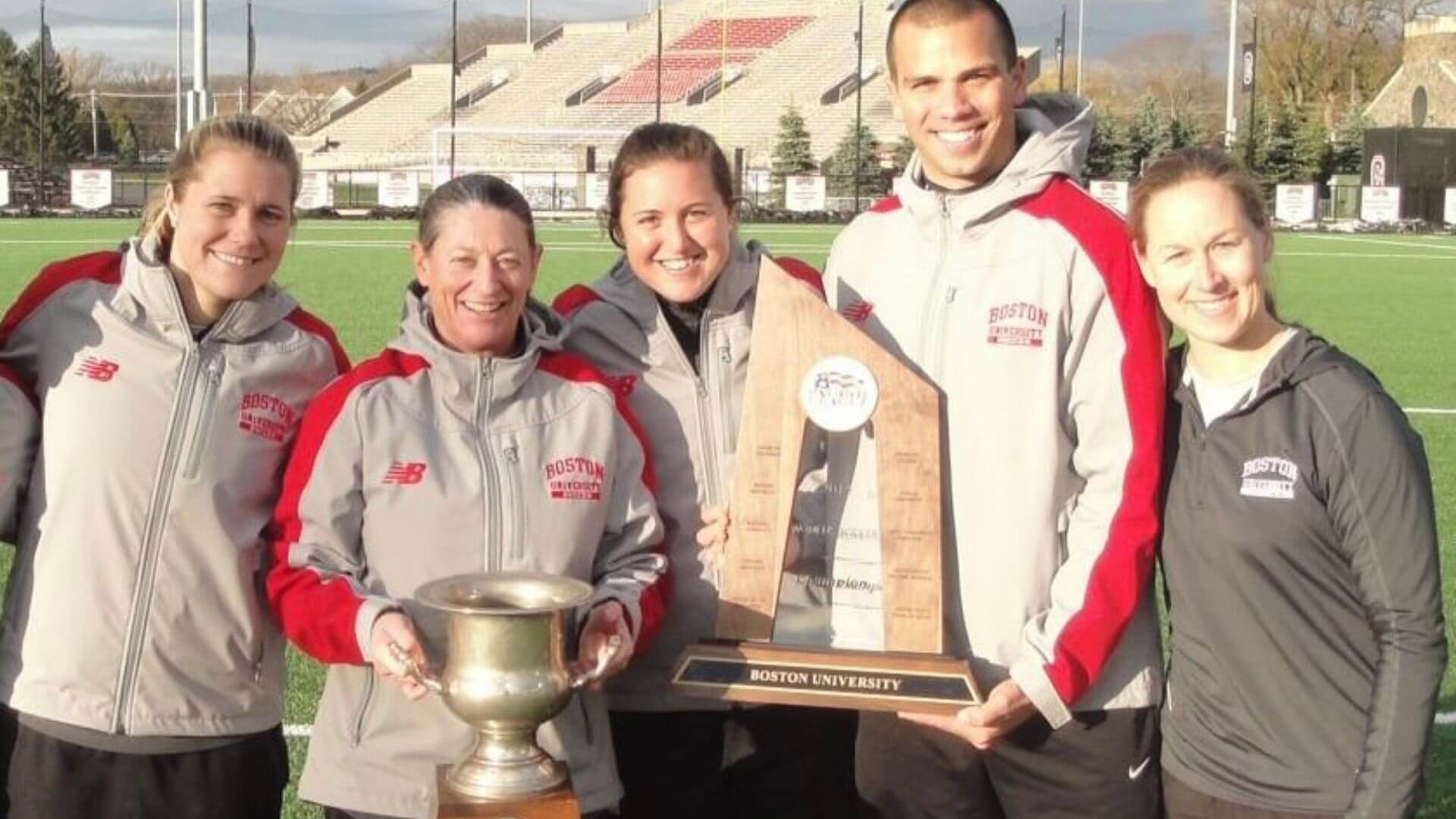Is America’s Youth Soccer Pay-to-Play Model Broken?
The United States uses a “pay-to-play” model in girls youth soccer. This means that for a child to want to venture into the sport, their family has to be financially equipped to take on the venture. Parents spend thousands of dollars per year to support their children’s interests. This model not only harms the families financially but could be hindering the improvement of the sport itself.
Issues with “Pay-to-Play”
The most obvious issue with this model of play is that not every aspiring player gets the same opportunity. The more expensive clubs have more tournaments with bigger names and possibly even more scouts. In contrast, less expensive clubs are typically more underfunded and do not include fancy tournaments or scouting opportunities. More economically fortunate families can support more games and tournaments for their children, while lower-income households, most of the time, can not afford it. This situation creates a system where young talent goes unnoticed and unsupported.
The fact that so many USWNT stars got their start through AYSO ( a soccer organization that offers the sport for a fraction of the cost that private club orgs do) goes to show how if we got rid of our ‘pay to play’ system, we’d be even stronger. https://t.co/7uscKgbjEP
— Josie ? (@yerbmate) September 22, 2023
The problem of players being left out of the opportunities goes past the individual player’s strife. It also overlooks opportunities for healthy competition within soccer leagues in the future. Allowing good players to progress to higher play and compete against others will make everyone a better player, and talent will increase. The whole sport of American soccer would benefit from equal opportunities.
Ella Stevens spent a day at practice with Urban Warriors, who are breaking down the barriers of pay-to-play, as the @chicagoredstars @nationwide Community Impact partner ? pic.twitter.com/IDKgre19nQ
— National Women’s Soccer League (@NWSL) September 22, 2023
Outside of the US
Some of the best players from other countries come from low-income communities because they do not use the same pay-to-play model. Spain’s methods for cultivating talent are a great example, as they recently won the Women’s World Cup. Their method includes close ties between school and club teams. Both teams are monitored and watched so that each player who shows innate talent can be seen and possibly invited to play for more competitive and professionally run teams.
The Cost to Play
Club Soccer in the United States can cost anywhere from $1,000 to $6,000, not including money for certain tournaments and travel fees. Some families even hire private training for their children, meaning the cost could be well over $20,000 altogether. To see more specifics on cost, refer to this article.
Image by Matthew Warren from Pixabay
_
GIRLS SOCCER NETWORK: YOUR SOURCE FOR GIRLS SOCCER NEWS













